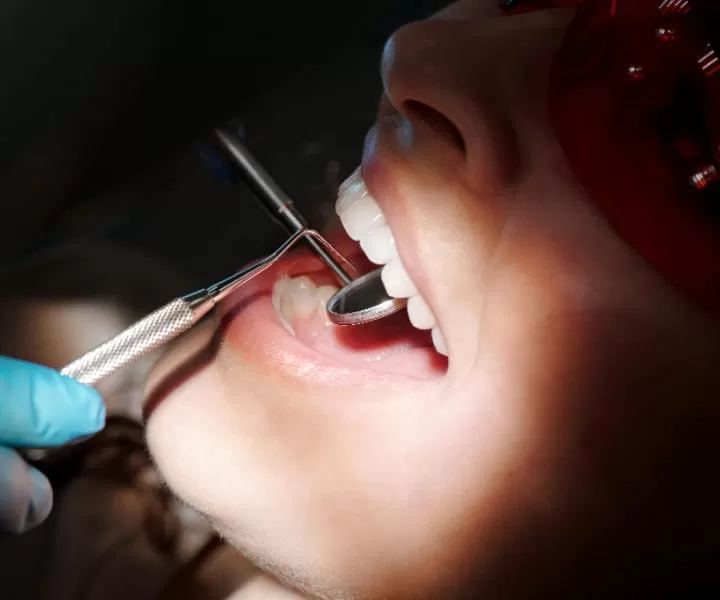Health
Replacing missing teeth does more than just restore your smile—it preserves oral health, maintains jawbone structure, and boosts your overall quality of life. For U.S. patients, two primary options stand out in tooth replacement: dental bridges and dental implants. This guide breaks down how these treatments compare, explains how long implants last, shares accessible financing solutions, and outlines simple care tips to help you make an informed choice.
Are Dental Bridges Better Than Implants?
Dental bridges and implants each have unique advantages, and the right pick depends on your specific needs, timeline, and oral health. To start, their structure and impact on long-term oral health differ significantly. Dental implants use a titanium post that’s surgically placed into your jawbone, mimicking the root of a natural tooth. This design not only feels natural but also prevents jawbone loss, a common issue after tooth extraction.
Dental bridges, by contrast, span the gap of a missing tooth by attaching an artificial tooth to the natural teeth on either side. For this to work, those adjacent healthy teeth must be filed down to act as supports—a process that can weaken them over time. Bridges also don’t address the underlying jawbone deterioration in the area where the tooth was lost, which can lead to further oral health issues down the line.
How Long Do Dental Implants Last?
Dental implants are renowned for their longevity, and clinical data backs this up: over 90% of modern implants remain fully functional after 10 years, and many patients use theirs for 25 years or more. Several factors play into this lifespan, starting with oral hygiene. Daily brushing and interdental cleaning (with floss or tools like water flossers) prevent plaque buildup around the implant, which can lead to gum inflammation or damage.
Regular dental checkups are also critical—professional cleanings every 6 months let your dentist monitor the implant’s stability and catch small issues early, before they become bigger problems. Lifestyle habits matter too: avoiding tobacco and excessive alcohol helps keep gums and jawbone healthy, which supports the implant. Finally, adequate jawbone density is essential for osseointegration (the process where the implant fuses with the jawbone). If your density is low, your dentist may recommend a bone graft first to ensure the implant stays secure.
Financing Options for Dental Replacements
The upfront cost of bridges and implants can be a barrier, but U.S. patients have several financing options to make treatment affordable. Many dental offices offer in-house payment plans with no or low interest, letting you spread costs over months without extra fees. Healthcare credit cards like CareCredit or LendingClub Patient Solutions are another popular choice—they often let you pay over 6–24 months, with promotional zero-interest periods if you pay off the balance on time.
For those seeking lower-cost options, dental schools are a great resource. University dental clinics offer discounted treatments, where students (supervised by experienced dentists) perform procedures at a fraction of the regular cost. Insurance and tax-advantaged accounts can also help: most dental plans cover part of the cost of bridges, though implants may be excluded or only partially covered. Flexible Spending Accounts (FSAs) and Health Savings Accounts (HSAs) let you use pre-tax dollars to pay for treatment, reducing your overall out-of-pocket cost.
Conclusion
Choosing between dental bridges and implants comes down to balancing your oral health needs, timeline, and budget. Implants offer superior durability and jawbone preservation but require a longer treatment period and higher upfront cost. Bridges deliver fast results at a lower initial price but may weaken adjacent teeth and need more frequent replacement. By understanding how long each option lasts, leveraging financing to manage costs, and committing to regular care, you can select the treatment that restores your smile and supports your oral health for years to come.









